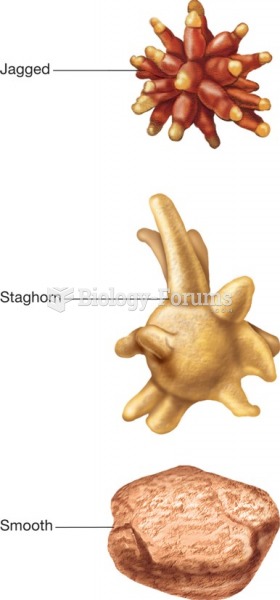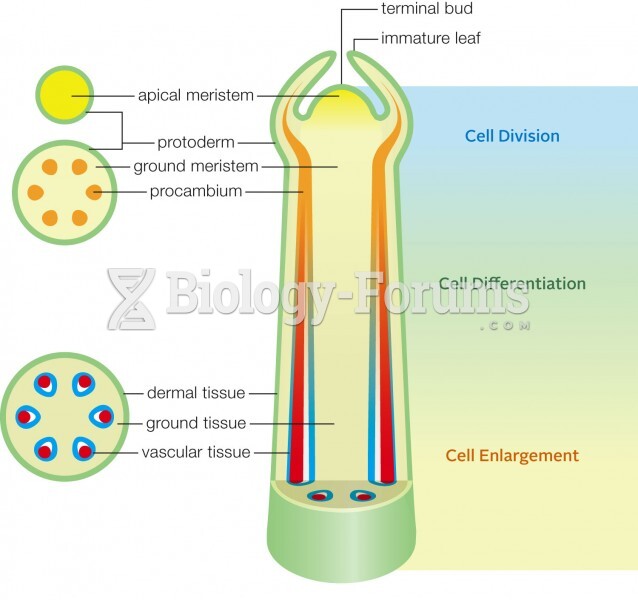Answer to Question 1
Fog usually forms in one of two ways. First, by cooling - when the air is cooled below its saturation point (dew point); and second, by evaporation and mixing - when water vapor is added to the air by evaporation, and the moist air mixes with relatively dry air. There are four main types of fog: 1. radiation fog, 2. advection fog, 3. upslope fog, and 4. evaporation fog. Radiation, advection, and upslope fog all form as the air cools. The cooling for radiation fog is mainly radiational cooling at Earth's surface and this typically forms in low-lying areas, such as river valleys. Advection fog is formed when warm, moist air moves over a sufficiently colder surface and the moist air cools to its saturation point. Advection fog is commonly found along coastal regions. Upslope fog forms as moist air flows up along an elevated plain, hill, or mountain, for example on the eastern side of the Rockies, where cold air can move from the lower eastern plains westward toward the mountains. Evaporation fog, also called mixing fog, forms when mixing of two unsaturated masses of air occurs because evaporation initially enriches the air with water vapor. An example of where this can be found is above a heated outdoor swimming pool in the winter or over lakes on fall mornings. It happens when water vapor molecules from the warm water evaporate into and mix with the cold air above it, raising the dew point and if mixing is sufficient, the air becomes saturated.
Answer to Question 2
A person may say this on a hot, muggy day because the main source of body cooling is through evaporation of perspiration. Since evaporation is a cooling process, when the air temperature is high and the relative humidity low, perspiration on the skin evaporates quickly and the air feels cooler. However, when air temperature and relative humidity are both high, body moisture does not readily evaporate, and less cooling of the body makes it feel warmer than it does at the same temperature with lower relative humidity.







